Tomatoes love to “eat”, so they need feeding throughout the growing season. At the fruiting stage, tomatoes require phosphorus, potassium and trace elements. Nitrogen no longer plays such a role as at the beginning of the season, but tomatoes still need it in moderate quantities. Fertilizers need to be applied every 2 weeks. It is convenient to add nutrients in the form of a sprinkle.
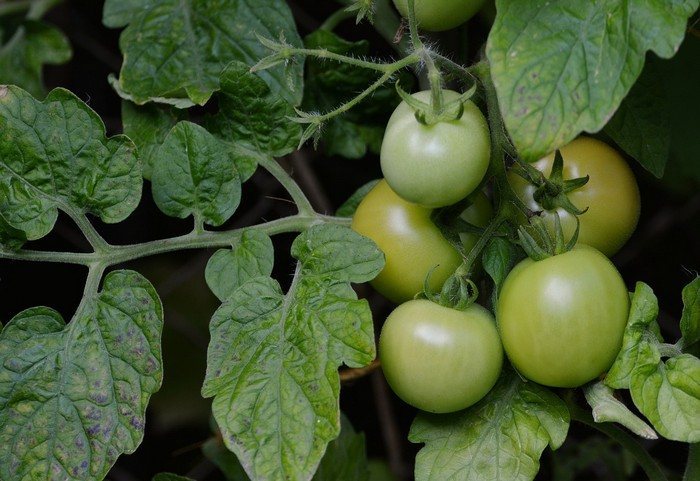
Rules for applying solid fertilizers
Solid fertilizers are available in the form of granules, crystals or powder. If you apply them dry, the plants will receive nutrients gradually. The fertilizer is poured into the root zone of tomatoes and embedded in the soil to a depth of 15-20 cm.
Surface application will not give the expected result, since the fertilizer will not reach the level of the root system. The soil must be pre-moistened or watered after fertilizing. In dry soil, fertilizers will not work and can harm the delicate suction roots.
After a burn, the root system will take a long time to recover, and the bushes will become sick. Solid fertilizers are ideal for light soils from which nutrients are quickly washed out. You shouldn’t get too carried away with applying fertilizers. An overdose has a negative effect on the condition of tomatoes and impairs the quality of the fruit.
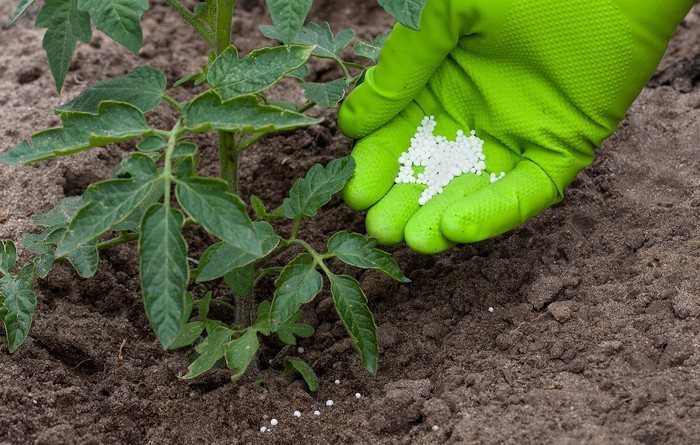
Feeding tomatoes in July for a good harvest
In July, tomatoes begin their active fruiting phase. During this period, plants need the maximum amount of macro- and microelements. It is better to give preference to complex mineral mixtures and wood ash.
Nitroammofoska
Nitroammophoska with different ratios of elements is available for sale. It is better to choose fertilizer with NPK 16-16-16. This fertilizer will strengthen the immunity of tomatoes, and after feeding the tomatoes will hurt less:
- late blight;
- scabby:
- various rots.
Due to the presence of potassium, the fruits will gain more sugar.
The mineral mixture is suitable for use on any soil. The manufacturer recommends following the dosage so as not to oversaturate the soil with nitrates. Nitroammophoska is applied to a bed of tomatoes in an amount of 40 g per square meter. meter. The last time fertilizer is given is after fruit growth begins on the 3rd fruit cluster.
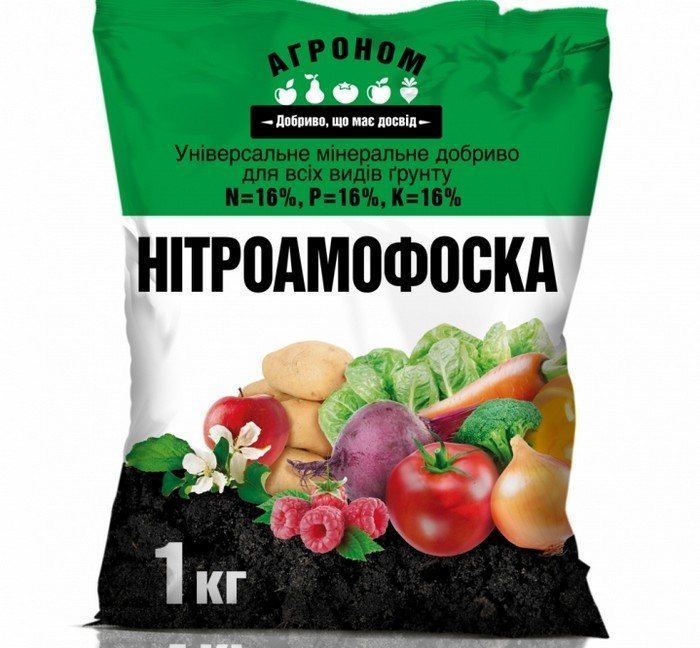
Calcium nitrate
Calcium nitrate is available in powder or granules. It is better to purchase fertilizer in small packaging, since it is not stored for long. Due to the presence of calcium, the use of this fertilizer has a positive effect on the growth of the tomatoes themselves and their roots. Thanks to this element, the crop can fully absorb other nutrients and water.
If there is a severe calcium deficiency, tomatoes may die. Fertilizing with calcium nitrate improves the adaptive properties of tomatoes. Their ability to resist increases:
- temperature changes;
- excess humidity;
- drought.
Calcium nitrate prevents tomatoes from developing blossom end rot, and its use also improves the taste of the fruit. Fertilizing will help reduce the acidity of the soil, and the yield will even increase by 10-15%. The peculiarity of the application is that 2-3 days after applying calcium nitrate, the plants need to be fed with fertilizer with potassium and phosphorus. Calcium nitrate is added at the beginning of fruit coloring. Granules are poured under the root in an amount of 1-1.5 tbsp. l. onto the bush, and then embedded in the soil.
Superphosphate
Phosphorus is necessary for tomatoes at all stages of development, and especially during fruit formation. You can provide plants with this element by adding superphosphate granules to the root zone. The drug is a long-acting fertilizer. Plants absorb phosphorus slowly and only in the amount they need.
Such fertilizing is especially necessary on depleted soil. For 1 sq. m of beds consume 50 g of fertilizer. If the land is scarce, then the dosage is doubled. Phosphorus is essential for tomatoes if they show signs of deficiency of this element. This often happens at the moment of formation of the ovary. With phosphorus deficiency, the edges of leaves acquire a bluish tint.
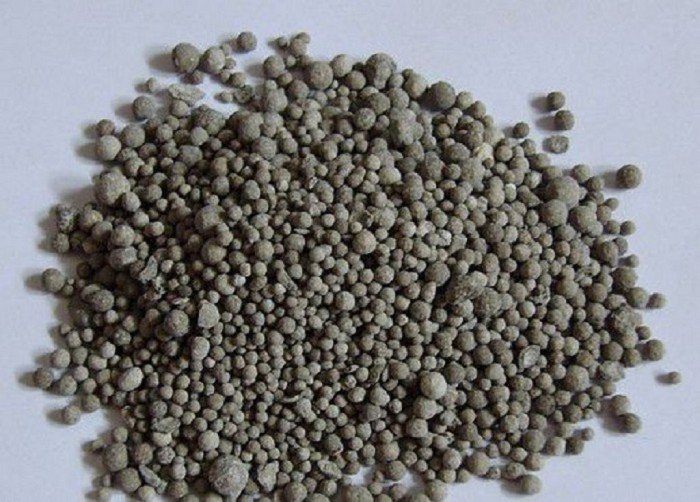
Potassium sulfate
Potassium sulfate is needed by tomatoes at the beginning and in the active phase of fruiting. After such feeding, the fruits acquire a large size, become juicier and tastier. Plants are better able to resist diseases and insect attacks and can easily withstand adverse weather conditions. The vegetables are ripening together.
When feeding fertilizer in dry form, granules are applied to the bed at the rate of 20 g/sq. m, after which they are buried in the ground. When growing tomatoes in open ground, take into account the amount of precipitation. Frequent rainfall can quickly wash nutrients out of the soil.In this case, the dosage is doubled.
In greenhouses, potassium sulfate, on the contrary, is used strictly in the recommended dose. In summer, fertilizing is applied when the first ovaries appear and during the ripening of fruits. Potassium sulfate does not combine well with other types of fertilizers, so it is better to apply it separately.
Wood ash
Ash is great for feeding tomatoes. Fertilizer is indispensable at the beginning of fruiting and in its active phase. Along with ash, important elements enter the soil such as:
- phosphorus;
- potassium;
- calcium;
- magnesium;
- sodium.
Minerals are in a form accessible to plants, so they are well absorbed by tomatoes. Ashes are scattered around each bush in an amount of 50 g onto moistened soil.
This fertilizing can be done every 14 days until the end of fruiting. At the same time, it is recommended to powder the leaves of the bushes to make them unpalatable to pests. You can prepare ash yourself by burning branches and old boards left after pruning. Only rotten, painted and varnished wood is not suitable for this purpose.
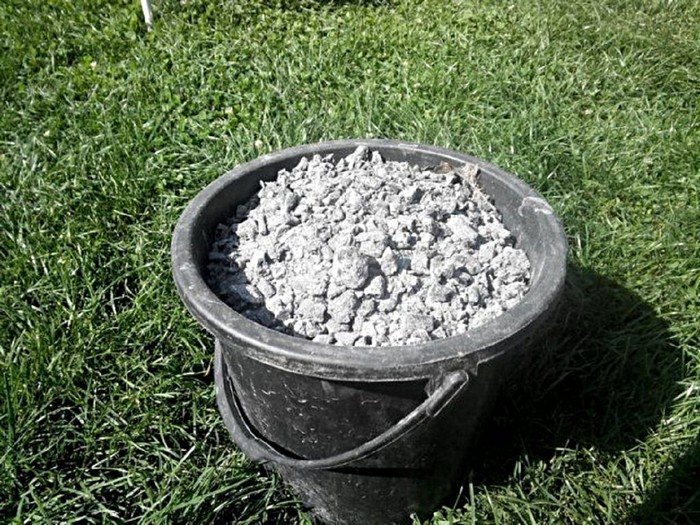
You should not skimp on fertilizers during fruiting of tomatoes. Everything invested will definitely return in the form of a bountiful harvest of large and sweet tomatoes. The listed fertilizers can be applied not only in dry, but also in liquid form. The prepared solution is applied at the same frequency after watering or rain.


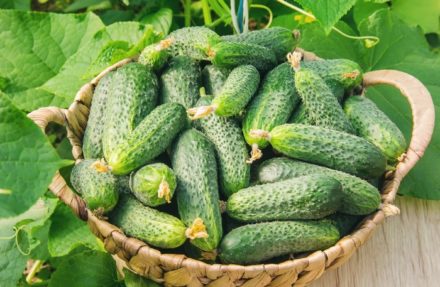
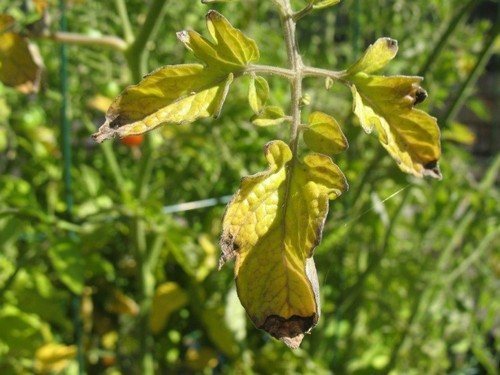
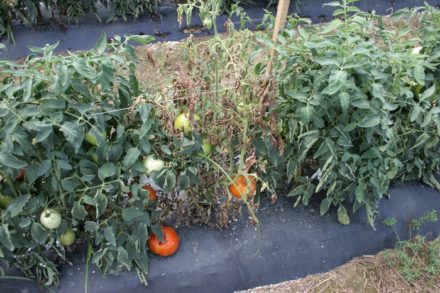
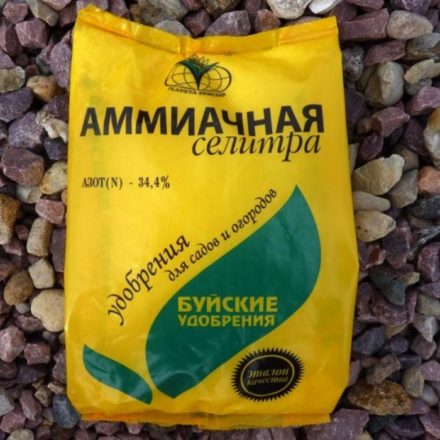
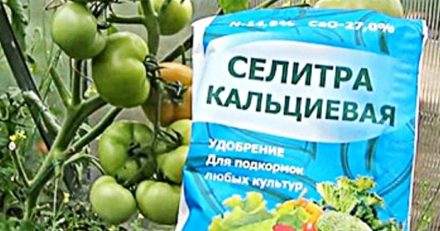
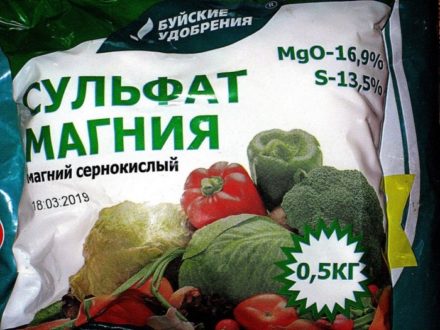
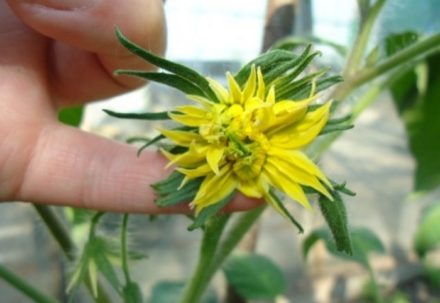
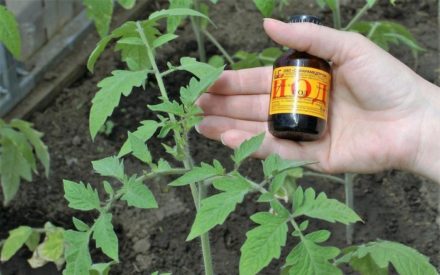
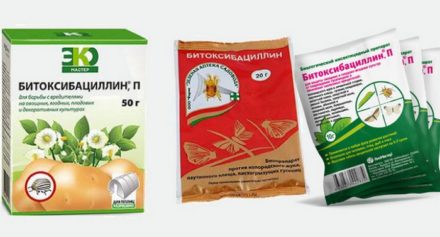
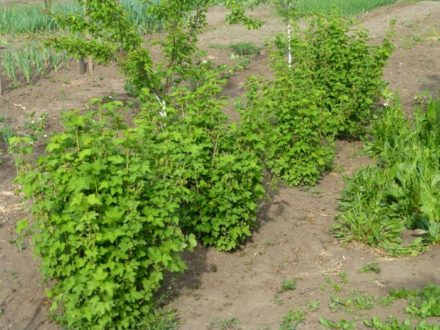
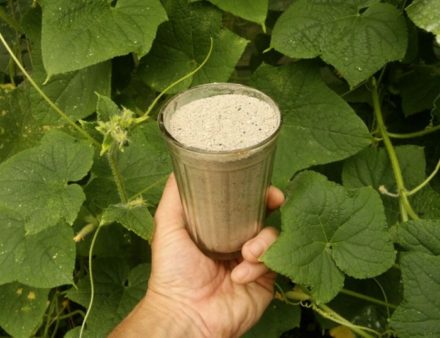
Isn’t there a lot of chemistry?!!! There’s a mixture of grass and organic matter. Yeast supplements. Using boron on the leaf!